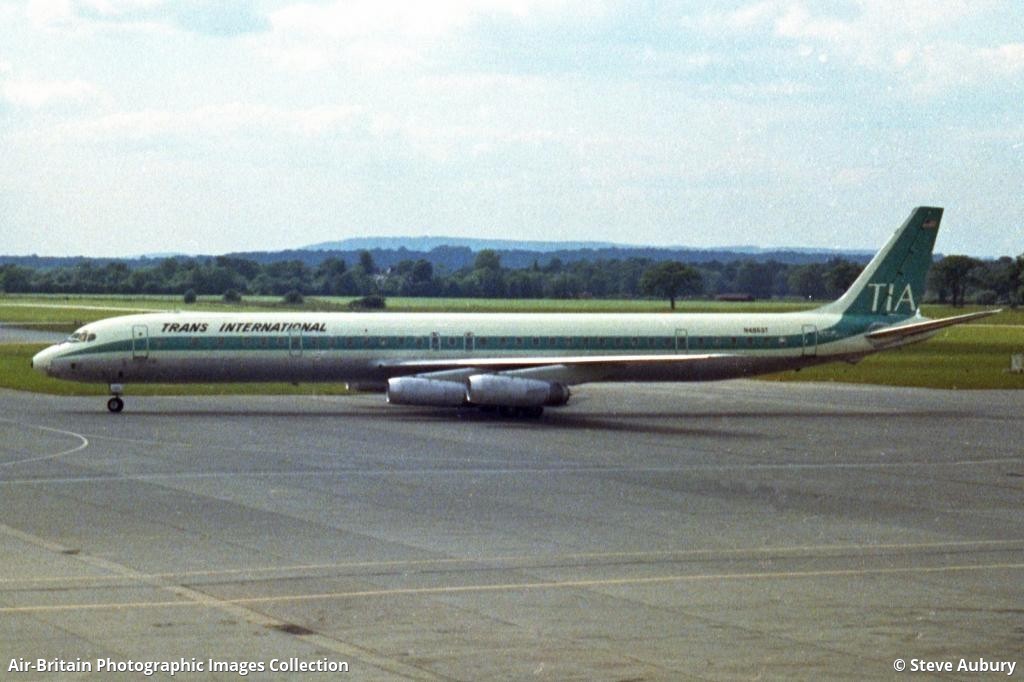Crash of a Cessna 207 Skywagon on Sitkinak Island
Date & Time:
Registration:
N91117
Survivors:
Yes
Schedule:
Sitkinak Island - Kodiak
Crew on board:
1
Crew fatalities:
Pax on board:
0
Pax fatalities:
Other fatalities:
Total fatalities:
0
Captain / Total hours on type:
70.00
Circumstances:
Just after liftoff from Sitkinak Island Airport, while in initial climb, the airplane stalled and crashed at the edge of the runway. The pilot was seriously injured and the aircraft was written off.
Probable cause:
The pilot-in-command failed to obtain/maintain flying speed and failed to follow the approved procedures. The following factors were reported:
- Unfavorable winds conditions,
- Pilot attempted max performance takeoff in Robertson STOL aircraft,
- Quartering crosswind at 20 knots.
- Unfavorable winds conditions,
- Pilot attempted max performance takeoff in Robertson STOL aircraft,
- Quartering crosswind at 20 knots.
Final Report:










